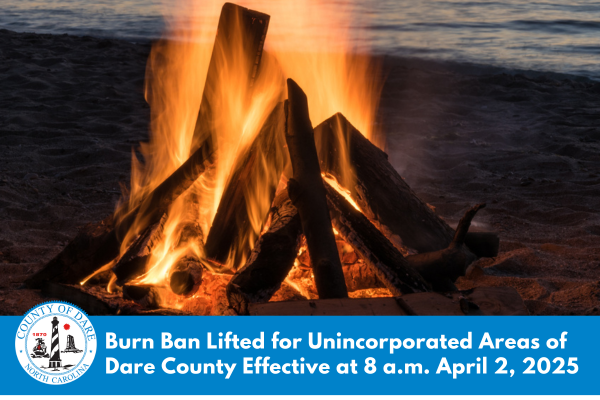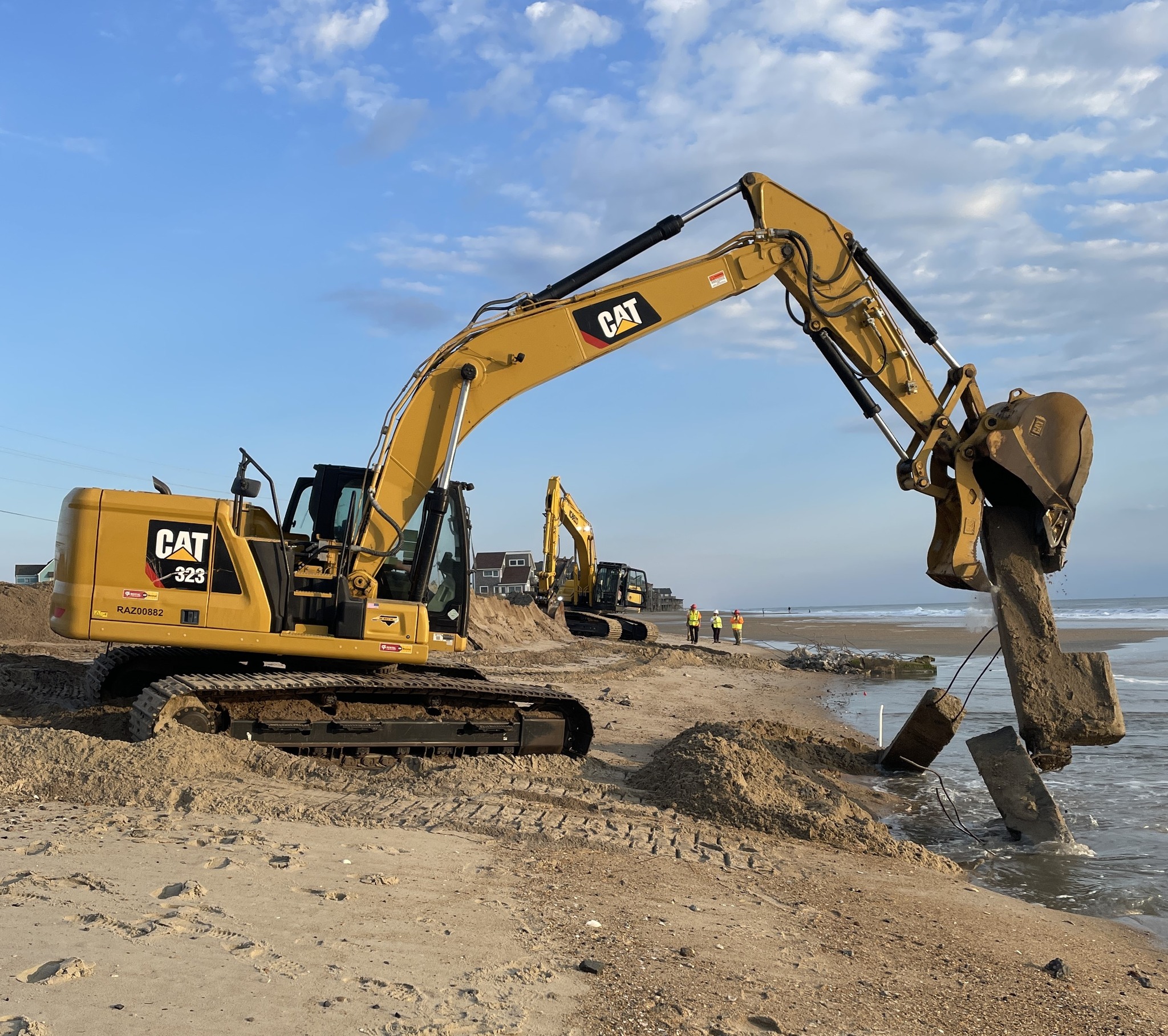At long last, a new Bonner Bridge will be built
After a quarter century of planning, studies, bickering, and finally legal challenges from environmental groups, the decrepit 2.7-mile Herbert C. Bonner Bridge over Oregon Inlet will be replaced with a new parallel span.
The announcement came in a news release about 1:30 this afternoon that the North Carolina Department of Transportation, along with the state Department of Environment and the Federal Highway Administration, had reached a settlement with Defenders of Wildlife and the National Wildlife Refuge Association, represented by the Southern Environmental Law Center.
The settlement comes after nine months of negotiations and ends a lawsuit the environmental groups filed in July 2011 to stop NCDOT’s plan, announced in a 2010 Record of Decision, to replace the bridge with a parallel span and address “hotspots” along Highway 12 on Pea Island National Wildlife Refuge in segments as needed at a later date. The groups favored a long, 17.5-mile bridge, which would bypass the refuge entirely and that DOT said it did not have the funds to build.
In exchange for dropping their lawsuit, the environmental groups will get an agreement from DOT to consider — and probably build — bridges out in the Pamlico Sound to bypass at least seven miles of the southern end of the Pea Island refuge, which they call a “national treasure.”
Three hours after the news release, a bevy of state and local officials — led by Gov. Pat McCrory — and representatives from the environmental groups spoke at a press conference to celebrate the occasion. They gathered on a narrow, sandy beach on the edge of the inlet under the broiling sun in record heat, and when the speaking was over, several of the participants celebrated by wading barefoot in the water.
“We’ve come to a lot of meetings down here,” McCrory told the small crowd that had gathered. “We’ve come to a conclusion.
We’ve come to a solution, and that’s what it’s all about.”
The 52-year-old Bonner Bridge, opened in 1963, was at least 20 years past its useful lifespan. Pl
anning to replace it started in about 1990, according to NCDOT, and the first environmental study on a replacement was completed in 1993. But the plans were continually mired down in bureaucracy and environmental questions.
“Keeping this bridge standing has been no easy task,” DOT Secretary Tony Tata, said today. And, indeed, the department has poured millions of dollars into repairs over the past several decades
However, Tata said, that this morning the contractor on the Bonner Bridge was told “to start moving.”
DOT awarded a $215.54 million contract to the design-build team of PCL Civil Constructors Inc. and HDR Engineering Inc. of the Carolinas in July 2011, just weeks after the environmental groups filed their lawsuit in federal court. Construction was never started because of the legal challenge.
The new bridge will cost more than $215 million, but state officials were not sure how much more yesterday. The 10-year transportation plan recently released by the Board of Transportation includes $435 million for the Bonner Bridge replacement.
The new bridge, the Secretary said, will take about three years to complete.
Also, this morning, Tata said that DOT cancelled a $79-million contract with Parsons Construction Group to build a 2.4-mile permanent bridge to replace a temporary structure at Pea Island Inlet, which was opened by Hurricane Irene in 2011.
Tata said that $3.9 million had been paid so far to Parsons, and the cost for tearing down what has been started “will be determined later.” DOT’s legal counsel said the payments to Parsons were about $23,000 a day since work was stopped on Sept. 10.
The N.C. Senate and House of Representatives, Tata said, are happy with the agreement, though the costs of the revamped project and the settlement are not known yet.
Tata said that DOT intends to get a new temporary bridge up at the site “as soon as possible” to replace the small bridge erected there quickly after the hurricane.
The terms of the settlement allow DOT to build an interim bridge over the inlet, which is now dry but probably only temporarily, that is located in the existing easement, is 15 feet above the mean high water, has pile bents, and is no more than 3,000 feet long — a bit more than a 1/2 mile.
Meanwhile, DOT will study long-term solutions to the Pea Island Inlet area that will include a bridge out into the Pamlico Sound that would bypass that part of the refuge. According to the settlement terms, if DOT should select that alternative, the environmental groups agree not to file a lawsuit.
The environmental groups also agreed not to file a lawsuit if DOT chooses a bridge out into the Pamlico Sound as its preferred alternative for a long-term solution to the erosion at the S-curves and Mirlo Beach in North Rodanthe.
The Rodanthe bridge is already on the drawing board. DOT conducted a series of public meetings in early 2014 but never chose an alternative. On Wednesday, a Merger Team, comprised of state and federal resource and regulatory agencies, will meet to take up the alternative for north Rodanthe.
DOT legal counsel Shelly Blake said that the Rodanthe bridge has been studied for about two years and that work on it could get started by next March or April.
If the bridge into the Pamlico Sound at Rodanthe is built and then is merged with a bridge that would bypass Pea Island Inlet area, the end result would be bridging seven miles in southern Pea Island.
There is no timetable on permitting and studying a permanent solution at Pea Island Inlet, but that is likely to take longer than the temporary bridge or permanent bridge north of Rodanthe.
“The settlement will provide us more than a half mile of stability at Irene Inlet,” Beth Midgett, chairperson on the county’s Citizen’s Committee to Replace the Bonner Bridge, said this evening. “And, finally after all these years, there will be a solution at the S-curves.”
Midgett called the settlement “a historic day” for Hatteras Island.
“We’ve passed a huge hurdle,” she said. “The Bonner Bridge is going to be built. There’s no doubt. We can finally move forward with our lives.”
She also noted that the bridge is a key piece of infrastructure not only for those who are traveling to and from Hatteras Island but also for those who depend on the power and data lines that travel alongside the structure.
The Cape Hatteras Electric Cooperative was allowed as a defendant-intervenor in the lawsuit brought by the environmental groups because of the transmission lines that provide power to the island. Studies showed that attaching cables to a 17.5-mile bridge would be prohibitively expensive.
“Today’s settlement announcement is great news for Cape Hatteras Electric Cooperative and its members,” gener al manager Susan Flythe said this evening. “CHEC signed off on this settlement because it will allow the cooperative to replace the aging transmission cable attached to the Bonner Bridge. In a recent study ,the cooperative investigated several options for providing electric power to Hatteras Island, and attaching a cable to the new bridge is by far the least expensive option.”
CHEC just recently completed a westward relocation and hardening of the transmission line through the “S-curves” area.
SELC attorney Derb Carter and Julie Youngman both attended today’s news conference at Oregon Inlet.
“We view this as a win-win,” Carter told the assembled group.
Later, Youngman said SELC did not anticipate any glitches in implementing the settlement.
She said that once DOT accomplished five or six tasks — such as ending work on the permanent Pea Island bridge — “we will dismiss the lawsuit.”
“Ideally it would have been done in one fell swoop — the long bridge concept — but the settlement agreement describes the path to doing it in stages.”
Dennis Stewart, biologist for the Pea Island refuge, also attended today’s press conference.
Ironically, on Feb. 14, 2012 just after Hurricane Irene — he remembers the exact date — he proposed to the Merger Team that the state consider building a 7-mile bridge out into Pamlico Sound from Pea Island Inlet to Rodanthe.
“I brought it up as kind of food for thought,” he said. DOT did consider it, but it was not considered as a final alternative.”
The Governor said that construction of the new bridge will provide safety for the public and support the economy. “So safety and jobs are two accomplishments we’re making today.”
McCrory lauded the “sincere and very worthwhile” negotiations between parties that resulted in the agreement that protected the public and the natural environment.
“This is the fine balance we continue to want to achieve. That’s extremely important for the Outer Banks.”
FOR MORE INFORMATION
Click here to read the entire Settlement Agreement.













